
Comments Off on Practices of Risk, Control, and Productive Failure

Comments Off on Practices of Risk, Control, and Productive Failure
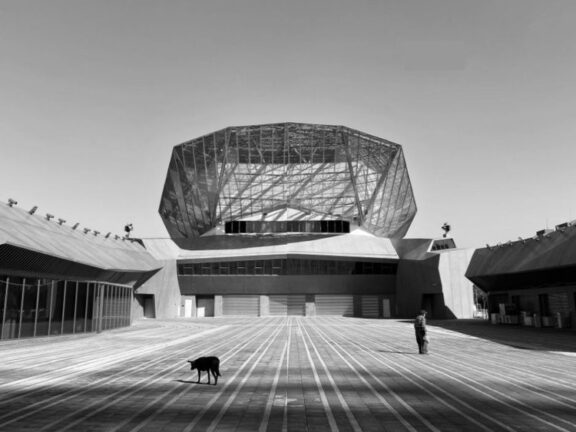
Musical performance, lecture, and panel discussion 6:30 pm on April 6, 2022 | The Cooper Union Great Hall, Foundation Building, E 7th St, New York, NY 10003
“Lyrical Urbanism: The Taipei Music Center celebrates and communicates the vibrant energy and intensity of the recently completed Taipei Music Center that was designed by architects and Cooper alumni Jesse Reiser AR’81 and Nanako Umemoto AR’83 of Reiser+Umemoto, RUR Architecture. The exhibition introduces the complex’s iconic architecture to an American audience through large-scale photographs, videos, music, and architectural models and drawings. Lyrical Urbanism illustrates the many ways the Music Center is currently inhabited—from informal daytime outdoor markets to organized evening-time music festivals—and how it has become an important urban district where Taiwanese music and culture is cultivated, celebrated, and projected toward a global audience.”
Free and Open to the Public. More information HERE.
Comments Off on Coming to The Cooper Union –
Lyrical Urbanism: The Taipei Music Center
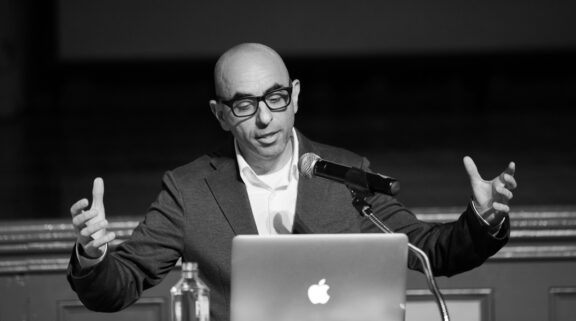
“After eleven years of academic leadership—four at MIT and seven at Cooper Union, I remain deeply committed to teaching and the building of institutions,” said Tehrani. “At the same time, this transition allows me to genuinely immerse myself back into practice over the coming decade; NADAAA has served as a critical mechanism for me to balance out what I do between academic speculation and the practicalities of everyday practice, and this is a time to re-channel those efforts.”
Read on HERE.
Comments Off on TEHRANI TO COMPLETE HIS TENURE AS DEAN,
WITH AN INCREASED FOCUS ON NADAAA
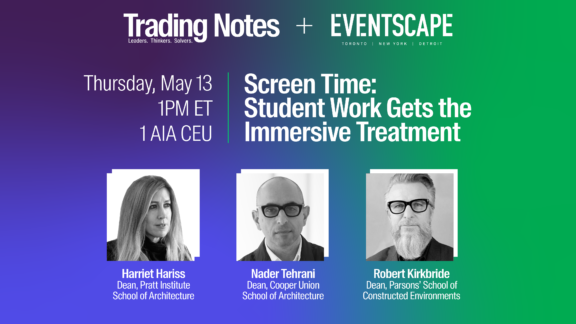
Nader joins Harriet Hariss, Dean of the Pratt Institute School of Architecture and Robert Kirkbride, Dean of the Parsons’ School of Constructed Environments to discuss “crossing the digital divide” in their end-of-year exhibitions. Register HERE.
Comments Off on NYC X DESIGN

“The Cooper Union 2020-2021 lecture series will explore the role of architecture and urbanism within the context of interconnected global crises: the climate emergency, the public health crisis, and social inequity. In this context, we will investigate how architecture constructs, distributes and leverages power, as well as how spaces are shaped by larger political agendas that unequivocally involve questions of race, gender, body politics, and biopolitics. The overall aim is to question and assume responsibility for architecture’s political, ecological, and social agency.”
Comments Off on Cooper Union Spring 2021 Lecture Series and Exhibitions
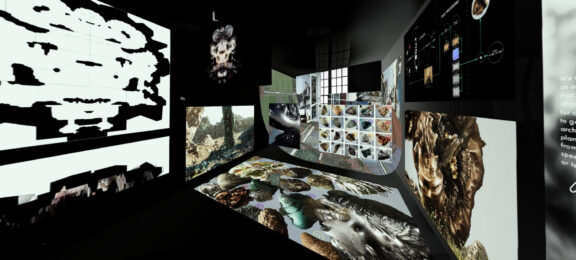
FRAME’s Peter Maxwell writes on how this year’s design schools’ graduation shows have reinvented the digital format. One of Maxwell’s key examples of how institutions are creating ambitious digital exhibitions is The Cooper Union’s EOYS: “Other schools have gone one step further, radically rethinking the modes of production of the show itself. In New York, The Cooper Union’s end-of-year show, which includes work spanning all five years of undergraduate design studios, is being displayed in a surrealized version of the historical building in which the school’s classes, studio spaces, and exhibitions are (in better times) held.”
Read on HERE.
Comments Off on Cooper’s End of Year Show highlighted in FRAME
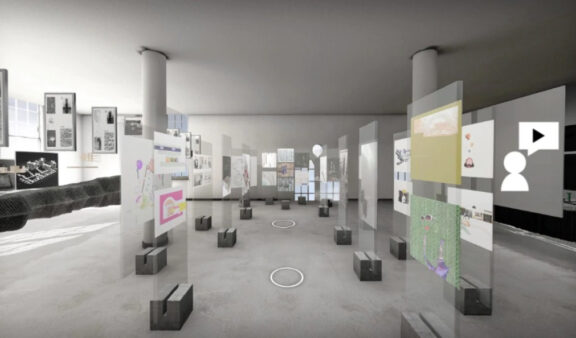
This may sum up Domus’s Matteo Mirani’s review of The Cooper Union’s EOYS: “You have to experience it. Go to the website”
“Pause. Yes, you have to pause and digest the above. Understanding and enhancing the importance of the notion of “space” and “time” in a school of architecture is a pedagogical statement. The works of the students are on show within the limitations given by the somehow “real” physicality of the space in a given time in history. The works exhibited are dealing with the “friction” embedded in the real space while responding to our times. We are in our field here, architecture. The digital, accurate reconstruction of the school’s space at this time, filled with the students’ works seems fulfilling the mission of the school: the dialogue and the coexistence of different ideas that move forward the disciplinary knowledge in our field.”
Read all Mirani has to say about Cooper’s ambitious digital show HERE.
Comments Off on Domus reviews EOYS
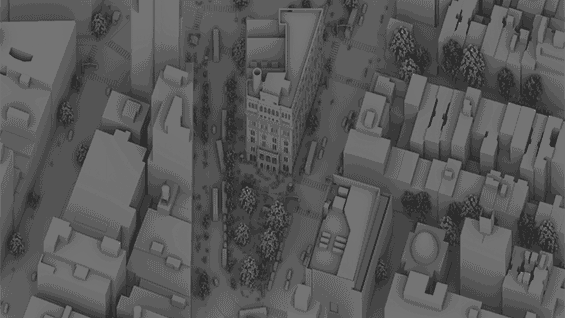
The Irwin S. Chanin School of Architecture’s End of Year Show 2020 will take place online in a virtual Foundation Building exhibition. The virtual exhibition is made possible through a collaborative effort between Architecture faculty, students, and staff, who have developed this special event using Unreal Engine gaming technology. The Show will open this Wednesday, June 17th at 5pm.
REGISTER HERE.
“Mounting this exhibition has been no small feat for our faculty and students who needed to not only curate and assemble its material, but to model the spaces of The Cooper Union as a virtual scaffolding for the work. To be finalizing this exhibition at a time when our world is confronting centuries of systemic Black racism has brought even more weight and meaning to the potential of their extraordinary work. All of our design studios considered a wide range of themes, engaging challenges of natural disaster, social struggle, environmental decadence, and problematic histories, in addition to the larger impact of infrastructures at the geographic scale—complex systems and events which we know negatively affect people of color, underrepresented minorities, those without access to education or health care, and communities suffering from economic inequality. In creating this virtual space, we have hoped to frame the all-important spaces of The Cooper Union as we know them, but also to inhabit them in ways that take advantage of the virtual, suspending disbelief in conventional constraints. Thus, we hope that this exhibition is a judicious and critical curatorial lens into our space of learning, demonstrating the significance of how and why we design our own environments.” – Nader Tehrani
Comments Off on Cooper End of Year Show opens Wednesday
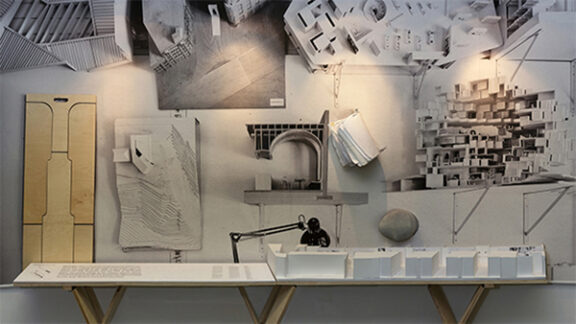
The Cooper Union is offering several online summer programs!
Introduction to Architecture Online: Foundation Studies and Portfolio Development for College Students
July 6 – July 31, 2020 | 4-weeks, 4 credits | Live Synchronous Sessions Monday – Friday, 11AM-2PM EST.
Introduction to Architecture Online: Foundation Studies and Portfolio Development for H.S. Students
July 6 – August 7, 2020 | 5-weeks | Live Synchronous Sessions Monday-Friday, 11AM-2PM EST
More info HERE.
Comments Off on The Cooper Union’s Online Summer Program
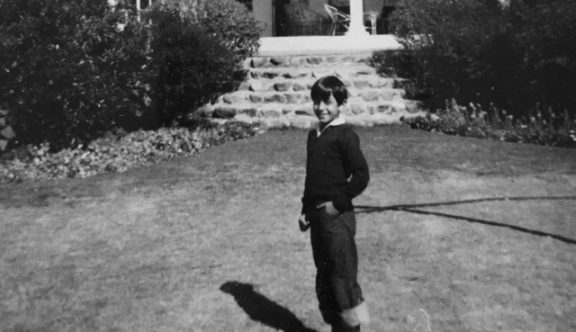
Architectural Record features statements from several Architecture Deans HERE. Below is Nader’s statement that was released May 30, 2020:
The Present Moment Seen Through an Autobiographic Lens
Dear Fellow Members of The Irwin S. Chanin School of Architecture:
The final reviews are over, grading is done, and graduation is now concluded . With the formality of official narratives behind us, it has also given us a moment to sleep, catch up, think and confront the world in which we live. This morning, I woke up to the melodic tunes of Us3’s “You Can’t Hold me Down,” and despite the urge to get up and groove, I felt the weight of its lyrics “….ain’t gonna be pushed around” on top of me, and poignant to a collective sentiment recognizing the life of George Floyd—now lost. There is something deeply historic about the moment we are living today.
The song transported me to a telling moment in my childhood, from 1970 to 1974, when I lived in South Africa. Still in the Apartheid era, I had the fortune to be jolted from the familiar state of consciousness that children are usually buffered by and allowed to peer into a world that in all its inequity, was also protected by the laws and conventions that come with state-sponsored agendas. On a family trip from Johannesburg to Maseru, I recollect our first journey through the countryside, as my parents would have us sing along to West Side Story’s “I want to Live in America” with an innocent optimism, at that time not knowing in any way that my destiny would, in fact, bring us to this America. That period was by no means the end of Apartheid, but even at the age of seven, I was witness to the first signs of its waning moments. No, there were no official proclamations. The signs were somehow encrypted in everyday practices of the very people that were part of the fabric of our daily lives: the abrupt departure of close friends, the divestment in key businesses, and the suppressed murmur of Nelson Mandela’s voice as it found its way from his prison cell into the streets.
Little did I know that I was living in a historic moment, and yet the feeling was visceral: the excitement, the danger, the sense of urgency was felt by all of us, even by my father. In his capacity as Ambassador to South Africa, Lesotho and Swaziland, he was the first representative of Iran in these lands, recognized in the category of ‘white’ denomination. For this reason, it felt all the more telling to my youthful eyes to see him re-designated as ‘colored’ by the state trooper who stopped him for speeding on our return trip to Johannesburg. My father’s concurrent dignity and impotence under the gaze of the police force would be forever etched in my memory. In that time, designations of white, colored and black were reserved for people of different racial classifications and their rights defined accordingly; living with and against Apartheid was indeed the ambassador’s plight. Many other daily episodes became part of our new normal for four years, but little did I know that even if it seemed to be the beginning of the end of Apartheid, that I might yet live through them again in another history across the Atlantic Ocean a half a century later.
In 1974, we returned to our homeland of Iran for what turned out to be only four years; as an eleven-year old boy, I was a foreigner in my own country—and because of that, had the privilege of peering into a familiar culture with alien eyes. Enrolled in The Community School of Tehran, I was once again transported into an entirely new reality. Originally founded as a boarding school for the Children of Presbyterian missionaries from the United States in 1830’s, the school had transformed by opening its doors to the diverse global population that characterized the emerging Iran of the time. In its liberal environment, we were also witness to the tensions it maintained with the less accepting doctrine of the Shah’s Iran. More strikingly to my eyes, though, was the more nuanced tension between the Community School, Iran Zamin and The Tehran American School, the other rival English-speaking high schools, whose conventional politics were played out through the American football teams. Equally pronounced was the politics that defined the demographics of each school, with TAS being defined predominantly by the children of American military personnel, whose presence in Iran characterized the country’s semblance of stability during the post-World War II era.
Rooted in a tacit contract on the use and price of oil, the American presence was not only taken for granted by many, but also defined Iran as “an island of stability in one of the more troubled areas of the world,” as dubbed by former President Carter. Alas, Carter’s tragic fall from grace came just months after that statement with the Iranian Revolution, followed by 444 days of American hostages taken by Iranian students, as well as a failed rescue mission, all of which sadly cemented his image in the American mind of that era. The Iranian Revolution was prompted by many factors, among them inequity, the imbalance of cultural representation and the need for political representation along a wider spectrum of orientations than what the Shah’s regime could tolerate. Ironically, the theocracy that eventually took over the revolution was a far cry from the earlier democratic ambitions of the voices in Tehran’s streets.
I would experience the Iranian Revolution in America by way of the New York Times, and through little encounter with the streets of Tehran. But much like half a decade earlier in Johannesburg, I would feel again that I was living in a critical historical moment, made even more vivid by the daily count of hostages as read through the nightly news at 6PM. Reading American words, but knowing the Iranian mentality on the streets, I could also feel the disparity between the official narrative and the plausible actualities in Iran. With all the knowledge of the American involvement in Iran over decades, little would I know then how much the politics of that moment would remain so relevant to our cultural experience today. As a high school student, I would be sheltered from the overt partisan nature of American politics, but then again, it was an academic environment that was defined by a relatively conservative community.
As one of few international students, we were respected, protected and taken care of as if we were all of the same cloth. So much so, we were all required to go to Chapel every week and sing our hymns, no matter our faith or philosophical orientation. Having had already memorized my hymns from my South African childhood, I would give little thought to the mandates of the school. With a radically secular upbringing, I knew only one thing: that even if I was born into Islam, I was not Muslim. For this reason, I treated our weekly chapel with ample irony, and only took serious note when parents of certain students of other faiths took issue with the school’s regulations. This too did not make me Muslim, but simply ‘other’. As it would turn out, the theocracy in Iran took shape in many ways over the decades, and with hundreds of thousands of lives lost to the Iran-Iraq war, and a way of life at complete odds with notions of democratic leanings, it also became clear that it was not a country that would welcome me back any time soon.
Living out questions of identity and belonging have not been a central part of my mentality. Because of this very background, I already knew I was a mixed-breed and have lived out the hybrid lives of the many identities I have inherited from all the cultures I have been lucky to encounter. In my college years, during the 1980’s, it was gay culture that helped to challenge notions of orthodox identities. However, the very freedoms of expression that came with the euphoria of that moment came into a head-on collision with AIDS, the other crisis that our government denied for the longest time, and instead of leveraging the opportunity to address our health system, it identified blame on minorities and other victims, whose lives had already been compromised by the epidemic. Still, the gay environment of 1980’s RISD was liberating for everyone, no matter their sexual orientation, because it dared us to imagine an alternative to the world that was being mandated to us, but also to empathize from the position of otherness. That otherness, is the very thing under attack in the myriads of tweets that are communicated in the early hours of the White House each day; it is also the reason that many of us, no matter our cultural, racial, or philosophical orientations, feel a kinship towards the many groups victimized by these messages, be they Mexican, gay, Asian, Muslim or black. I am all these people!
As we come to terms with the world with which we are confronted today, and what we have inherited after almost four years of the current U.S. administration, we are forced to face not only some of the more immediate ramifications of the daily toil it has unleashed, but how this moment is, in fact, connected to the many layers of history that inform it, and the many possible trajectories that await us as a result. A brief view into the innocence of my childhood is but one lens into the ways in which those experiences bind me to the challenges we face today, and how relevant they were to our predicament. For you, it might only be a reminder of the patience that is needed for history to take its course; more importantly, that you cannot merely sit and await it, but use this very instant to mold the history you wish us to inherit in the future. For those of us who have fifty years to look back upon, our only hope is that for those of you who have the same amount of years in which to look forward, you seize this critical juncture to define your role in face of the difficult options that await. You are living through a historic moment and, I suspect, it will remain with you for many decades to come.
Nader Tehrani, Dean
Comments Off on The Present Moment Seen Through an Autobiographic Lens